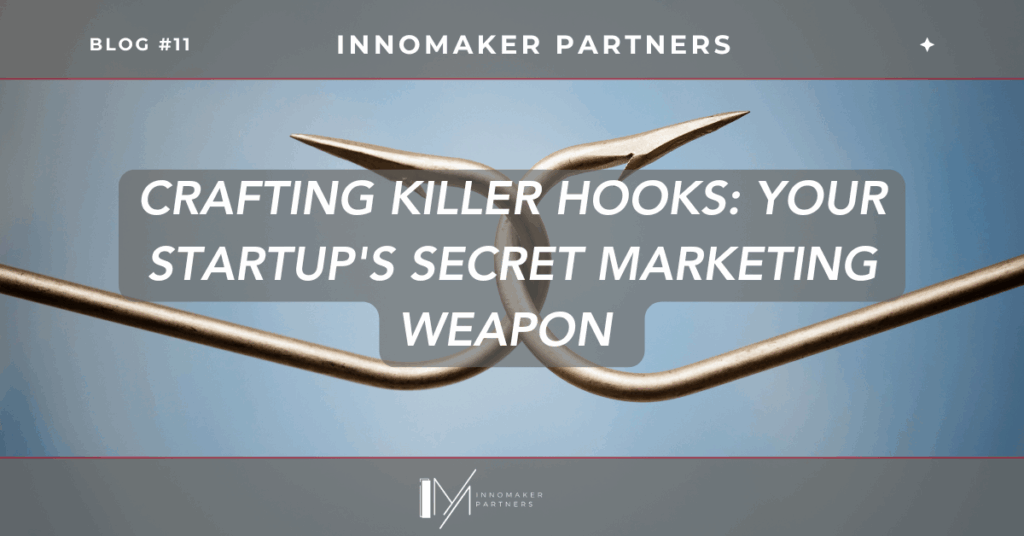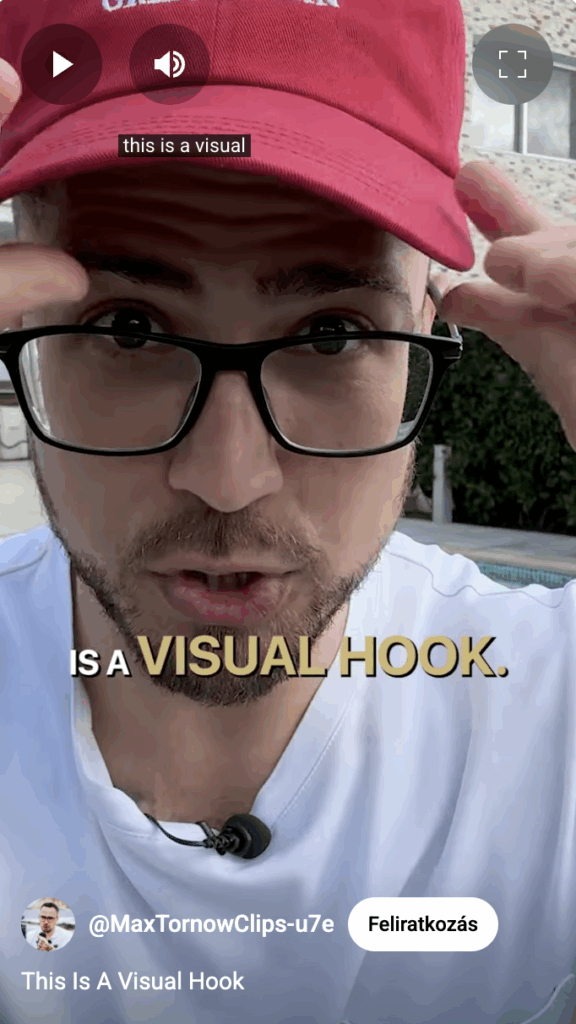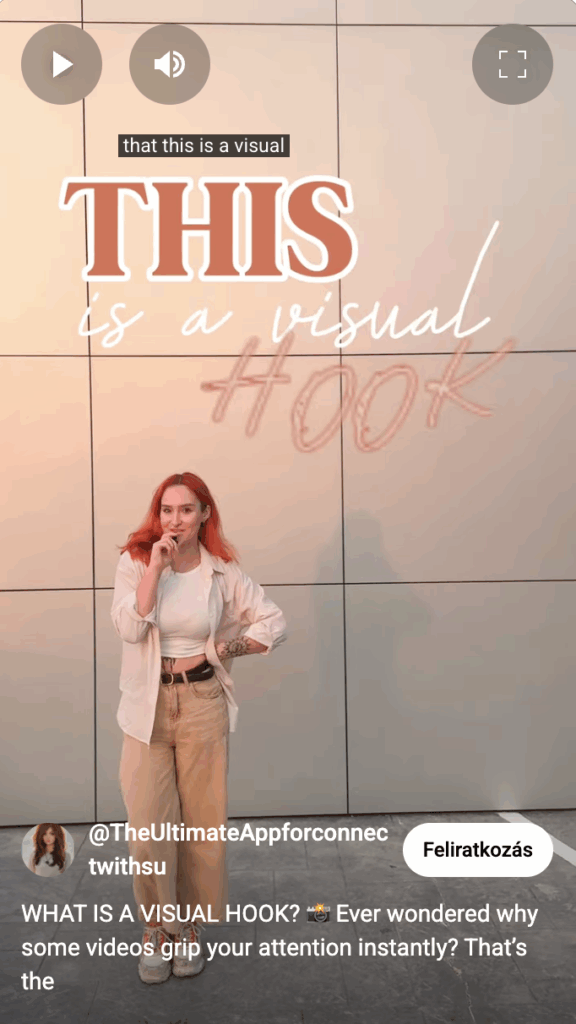In the world of early-stage startups, capturing attention is a must. You have a groundbreaking idea, a passionate team, and a vision for the future, but none of that matters if you can’t make people stop scrolling, clicking, or scanning long enough to notice you. We’ve given you the basics of digital marketing for startups, detailed the STP method to improve your reach and this time around we’re going to give you insights into the art of the “hook”. Much like building brand equity and community from day one, mastering the hook is fundamental to your digital marketing success.
What is a hook?
A hook is that compelling opening line or creative element designed to immediately grab your audience’s attention and encourage them to engage further. In a crowded digital landscape, a strong hook is essential to stand out and increase engagement. For early-stage startups with limited resources, an attention-grabbing hook is a cost-effective way to level up your digital marketing game.
Why hooks matter for early-stage startups?
For startups, every impression counts. You need to quickly communicate your value proposition and differentiate yourself from the competition. Hooks help you do this by:
- Grabbing attention: People are bombarded with content. Hooks make them stop and pay attention.
- Boosting engagement: A strong hook encourages clicks, likes, comments, and shares.
- Building your brand: Consistently using effective hooks that align with your brand voice strengthens credibility and recognition from the outset.
- Driving conversions: Well-crafted hooks can turn casual browsers into potential customers.
Anatomy of a great hook
Great hooks often share several characteristics:
- Short and punchy: Get straight to the point to quickly capture attention.
- Curiosity-inducing: Make the audience want to learn more.
- Audience-relevant: Address your target audience's challenges, interests, or goals.
- Emotionally resonant: Evoke emotions like surprise, humor, inspiration, or urgency.
- Offer value: Promise that the content will be informative, entertaining, or provide a solution.
Using psychology to write better hooks
Incorporating psychological principles can make your hooks even more powerful. These biases tap into inherent human tendencies and cognitive shortcuts that influence decision-making and behavior. By understanding these underlying mechanisms, you can craft hooks that instinctively resonate with your audience, prompting them to pay attention and engage with your content more effectively. Using these biases allows you to move beyond simply presenting information and instead connect with your audience on a deeper, more persuasive level, which is crucial for early-stage startups looking to make a memorable impact with limited touchpoints. Here are eight key biases with examples:
- Curiosity Gap Bias: We always want to seek answers when information is withheld.
"You won't believe how a single decision saved us $100,000 in one quarter."
- Social Proof Bias: We trust what others are doing, especially if they are successful.
"Over 10,000 companies are using this strategy – are you?"
- Scarcity Bias: People act faster when something feels limited or exclusive.
"This opportunity is ending in 24 hours – don’t miss out!"
- Loss Aversion Bias: The fear of loss is a stronger motivator than the potential for gain.
"Here’s what you’ll lose by not adapting to remote work trends."
- Authority Bias: We tend to trust experts and industry leaders.
"Insights from Harvard professors on building better teams."
- Anchoring Bias: The first piece of information sets the tone and expectations.
"We reduced our hiring costs by 50% - here’s how."
- Reciprocity Bias: Offering value upfront makes people feel inclined to give something back.
"Here’s a free guide on mastering LinkedIn ads (just drop a comment)."
- Commitment & Consistency Bias: People are more likely to follow through with actions that align with their identity or past behavior.
"If you’re committed to growth, this post is for you."
Proven hook structures and examples
Here are some effective hook structures you can adapt for your digital marketing:
- Start with a question: Engages curiosity and addresses common pain points.
Example: “Struggling to get your first 1000 users?” - Make a bold statement: Provocative statements spark interest and debate.
Example: “Cold calling is dead. Here’s what you should do instead.” - Use numbers or data: Concrete data builds credibility and focuses attention.
Example: “76% of people are using LinkedIn wrong – here’s how to fix it.” - Tell a personal story: Stories draw readers in emotionally and build relatability.
Example: “I lost my job in 2020 and thought it was the end. Turns out, it was the best thing that ever happened to me.” - Create urgency: Encourages quick action by adding time pressure.
Example: “This strategy won’t work in 2025 – here’s what you need to know now.” - Pose a challenge: Invites readers to reflect and stay for the solution.
Example: “If you’re not hitting your sales targets, you’re making one of these 3 mistakes.” - Share a surprising fact: Intriguing statistics or facts can pique curiosity.
Example: “Did you know that 90% of Instagram users follow at least one business?” - Create great visuals: Strong, eye-catching visuals or videos greatly enhance shareability and can serve as a hook themselves.
Example: Use a striking image or a short, engaging video clip before the main content.
Visual hooks in short-form video content
Short-form video platforms like TikTok, Instagram Reels, and YouTube Shorts are dominated by visual content, making the initial few seconds critical for capturing attention. This trend is an emerging one, now with even LinkedIn prioritising vertically filmed, short-form content on its platform. For early-stage startups, this presents a powerful opportunity to create visually compelling hooks that stop viewers from scrolling on.
Here’s a few tips on how to create effective visual hooks for short-form video:
- Dynamic visuals from the start: The first 1-3 seconds are crucial. Use eye-catching imagery, fast cuts, or immediate action to hook viewers. Avoid static intros or slow fades.
- Show, don’t just tell: Instead of explaining your product or service, show it in action immediately. Highlight a key benefit or a “aha!” moment visually.
- Intriguing on-screen text: Use concise, attention-grabbing text overlays that pose a question, state a bold claim, or present a surprising statistic.
- Show a problem being solved: Start your video by visually demonstrating a pain point your target audience experiences and then immediately transition to how your startup solves it.
- Behind-the-scenes or unboxing: Let your viewers into your startup or product for a sneak peek. An interesting setup, a quick unboxing, or a look at your team can create curiosity.
- Before-and-after transformations: Visually showcase the impact of your product or service with a dramatic before-and-after comparison.
- Use trending audio or visual effects creatively: Take advantage of popular sounds or effects on the platform to make your content more discoverable and engaging, but ensure it aligns with your brand. It’s also crucial for audio to make sure you have the rights to use it, especially on platforms like LinkedIn.
- Pose a visual question or challenge: Use visuals to pose a question or set up a challenge that the rest of the video will address.
Here are some great examples from cool content creators:
Remember, the goal of a visual hook in short-form video is to make viewers stop scrolling and want to see what happens next. Combine compelling visuals with a strong verbal or text hook for the best possible chances.
Incorporating early-stage startup marketing trends into hooks
To make your hooks resonate with current digital marketing trends for startups, consider integrating these elements:
- Focus on positioning clarity: Clearly articulate your unique value proposition in your hook.
"Tired of complex CRM software? Discover the simple solution built for startups."
- Address customer pain points directly: Tailor your hooks to the specific needs and desires of your target audience.
"Is [given problem] holding you back?"
- Hint at narrative-driven content: Use hooks that suggest a story will unfold, keeping the audience engaged.
"The unexpected journey that led us to disrupt the industry."
- Suggest value through lead magnets: If you're offering a free resource, hint at its value in the hook.
"Unlock our free guide to [desired outcome] – get the first tip here."
- Emphasize authenticity and relatability: Early-stage startups can make use of the founder's journey and genuine voice.
"As a founder, I struggled with [problem]. That's why I built this."
- Create urgency and exclusivity: Founders can use hooks to help boost early adoption or participation in limited programs.
"Join our beta program – only 50 spots left!"
Conclusion
For early-stage startups, effective digital marketing is about so much more than just getting clicks; it’s about making meaningful connections with your target audience from the very first impression. By understanding what makes a great hook, playing into the psychological principles, utilizing proven structures, and staying attuned to current marketing trends, including the power of visual hooks in short-form video, you can craft hooks that capture your target audience’s attention as well as facilitate engagement, build your brand, and ultimately contribute to your startup’s growth. Start experimenting with different hooks and discover what resonates best with your brand and your audience.
If you need help turning these ideas into practice, our CMO Partner service can support you in building clear, consistent, and engaging communication that reflects your startup’s unique voice and connects with the right audience.





